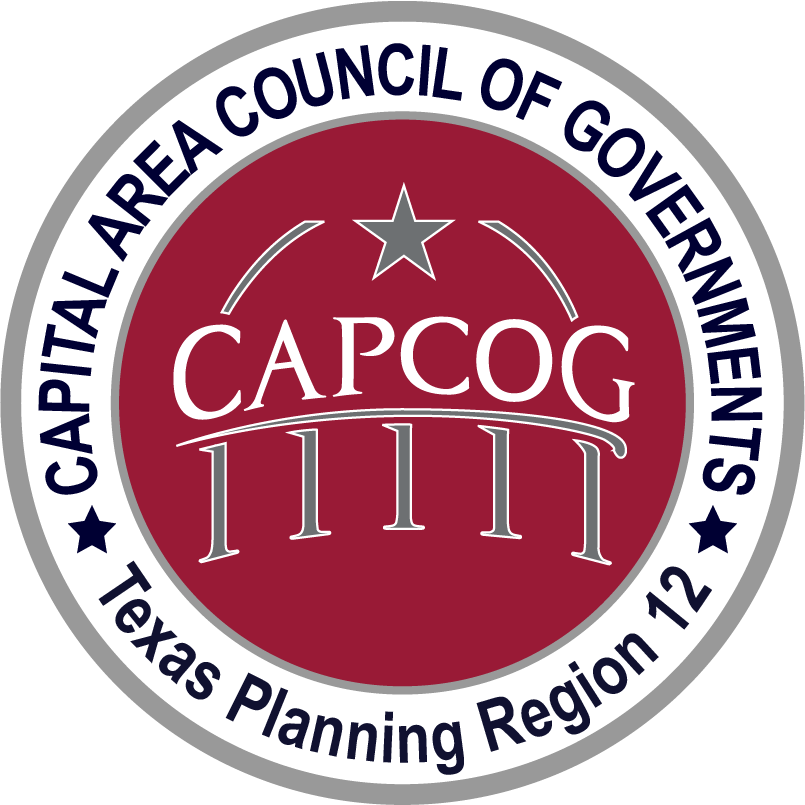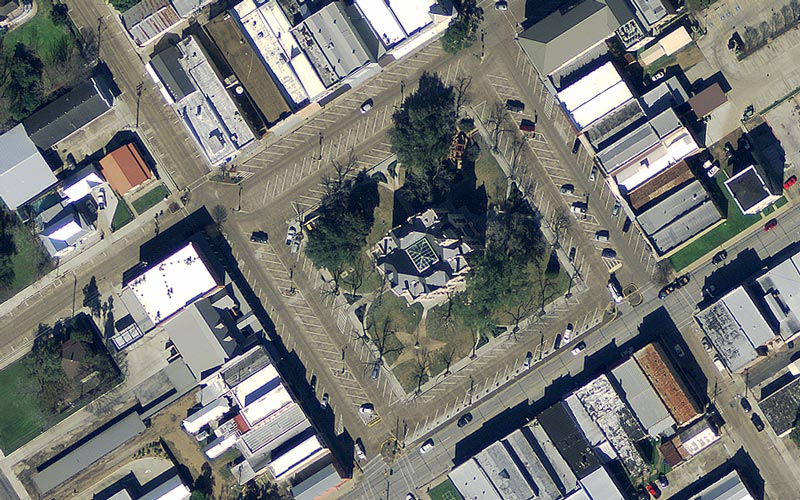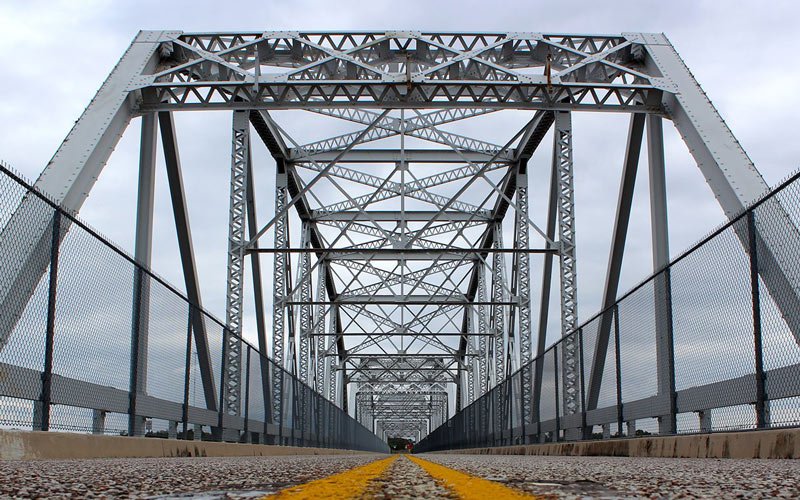- Who We Are
- What We Do
- Divisions
- Transparency
- News
- Events
- Regional Directory
- Careers
Serving Bastrop, Blanco, Burnet, Caldwell, Fayette, Hays, Lee, Llano, Travis, and Williamson Counties
MENU
News
Friday February 17, 2023
Air Quality Program aims to keep region PM compliant
CAPCOG’s Air Quality program had already started to study and plan for reducing fine particulate matter (PM2.5) before the Environmental Protection Agency announced its proposed new standard for the air pollutant in January which could threaten the region’s National Ambient Air Quality Standards (NAAQS) attainment status. Early actions could curb that impact.
“The region is right in the middle EPA’s proposed range for the annual PM2.5 standard,” said Anton Cox, CAPCOG air quality program manager. “This increases the risk of the being designated as a nonattainment area which brings new regulations and federal oversight to help the region quickly attain the standard but also could impact the region’s economic development.” The EPA is proposing to set annual standard between 9 and 10 micrograms per cubic meter; the region’s PM2.5 levels were at 9.5 at the end of 2021. If the high end is approved, the region will remain in attainment but will have to continue to be proactive on keeping PM2.5 levels low just as it has done for ground level ozone — another harmful air pollutant; the CAPCOG region is the largest in the nation to be in attainment of the ground level ozone NAAQs.
Prior to the EPA’s proposal, CAPCOG’s Clean Air Coalition (CAC) and its Air Quality program has taken similar steps to those it has used to reduce ground level ozone. The CAC approved participating in EPA’s PM Advance Program which provides CAPCOG with technical assistance, lessons on best practices, grant opportunities, and training and collaboration opportunities to reduce the pollutant. The coalition also adopted voluntarily PM2.5 control strategies into the regional air quality plan which includes increasing public education efforts about PM2.5. CAPCOG’s Air Quality Program is implementing four projects that will improve the region’s analysis of PM2.5 data and strengthen its ability to recommend more direct actions on reducing the air pollutant. They include placing PM2.5 sensors at schools to increase environmental education for kids, setting up research grade monitors through the region, creating a PM2.5 formation conceptual model and studying the PM emissions from mines and quarries in the region.





